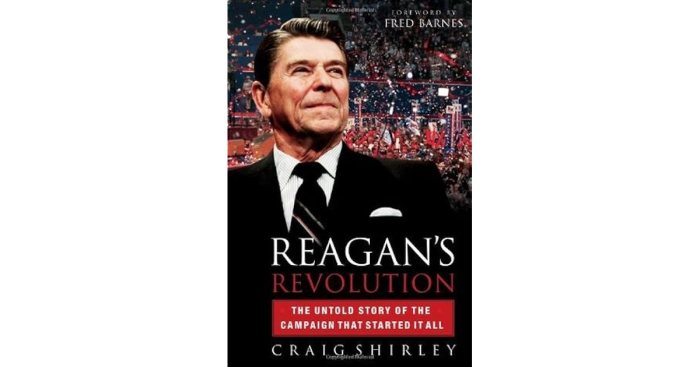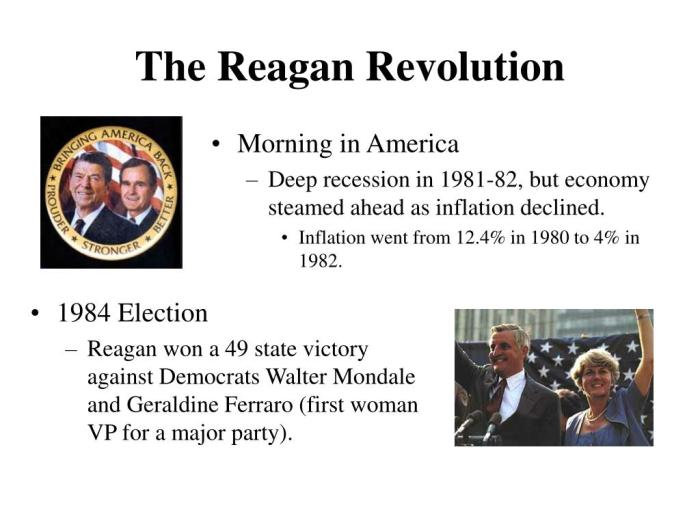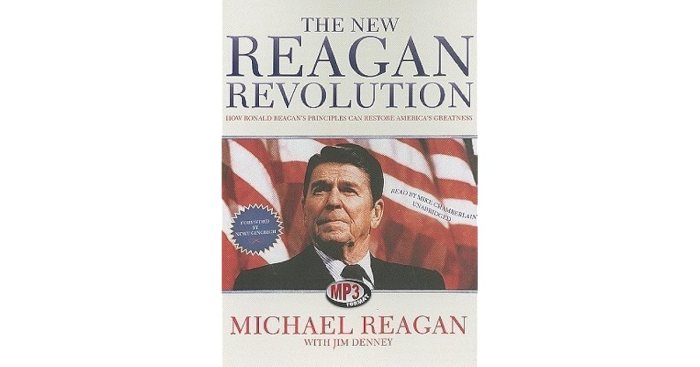The Reagan Revolution Crash Course US History 43 delves into the transformative presidency of Ronald Reagan, an era marked by bold economic policies, social shifts, and a pivotal role in the Cold War. This comprehensive guide explores the key initiatives, controversies, and lasting impact of Reagan’s presidency.
Reaganomics, deregulation, and reduced government spending became hallmarks of the economic landscape, sparking debates that continue to shape fiscal policy today. The era also witnessed a resurgence of conservatism, individualism, and consumerism, reshaping American society and values.
The Reagan Revolution: An Overview: The Reagan Revolution Crash Course Us History 43

The Reagan Revolution was a period of significant political, economic, and social change in the United States that began with the election of Ronald Reagan as President in 1980. Reagan’s conservative policies, known as Reaganomics, aimed to reduce the size of government, stimulate economic growth, and promote traditional values.
Key initiatives during this period included tax cuts, deregulation, and reduced government spending. These policies sparked controversy and had long-term consequences for the American economy and society.
Economic Policies and Their Impact
Reaganomics aimed to stimulate economic growth by reducing taxes and government regulation. The Tax Reform Act of 1981 significantly lowered tax rates for individuals and corporations, while the Economic Recovery Tax Act of 1981 accelerated depreciation allowances for businesses.
Deregulation aimed to reduce government intervention in the economy. The Airline Deregulation Act of 1978 and the Motor Carrier Act of 1980 led to increased competition in these industries. Reduced government spending, particularly on social welfare programs, was also a key component of Reaganomics.
Social and Cultural Changes
The Reagan era witnessed a rise in conservatism, individualism, and consumerism. The Moral Majority, a conservative religious group, gained influence in politics. Reagan’s rhetoric emphasized self-reliance and limited government intervention in personal lives.
Consumerism became a dominant cultural force, fueled by the growth of credit and the availability of new products. The “yuppie” culture emerged, characterized by young professionals with high incomes and a focus on material possessions.
Foreign Policy and the Cold War
Reagan’s foreign policy was characterized by a hardline stance against the Soviet Union. He increased defense spending and deployed new nuclear weapons in Europe. Reagan also supported anti-communist movements around the world, including the Contras in Nicaragua and the mujahideen in Afghanistan.
Reagan’s confrontational approach contributed to heightened tensions between the superpowers. However, it is also credited with helping to end the Cold War through negotiations and the collapse of the Soviet Union.
Historical Significance and Legacy, The reagan revolution crash course us history 43
The Reagan Revolution left a lasting impact on American history. Reaganomics contributed to economic growth but also increased the national debt. Social and cultural changes during this period continue to shape American society.
Reagan’s foreign policy had a significant impact on international relations and the eventual end of the Cold War. His legacy as a conservative icon remains a subject of debate, with both supporters and detractors.
General Inquiries
What were the key goals of the Reagan Revolution?
To reduce government spending, cut taxes, and deregulate the economy.
How did Reaganomics impact the US economy?
It led to economic growth but also increased income inequality.
What were some of the social and cultural changes that occurred during the Reagan era?
A rise in conservatism, individualism, and consumerism.
How did Reagan’s foreign policy contribute to the end of the Cold War?
His tough stance against the Soviet Union and efforts to reduce nuclear weapons played a significant role.

